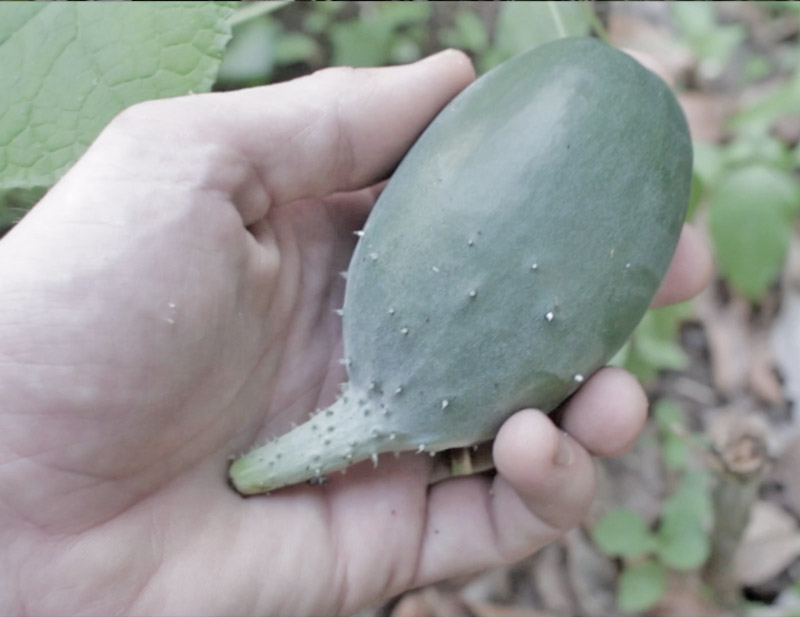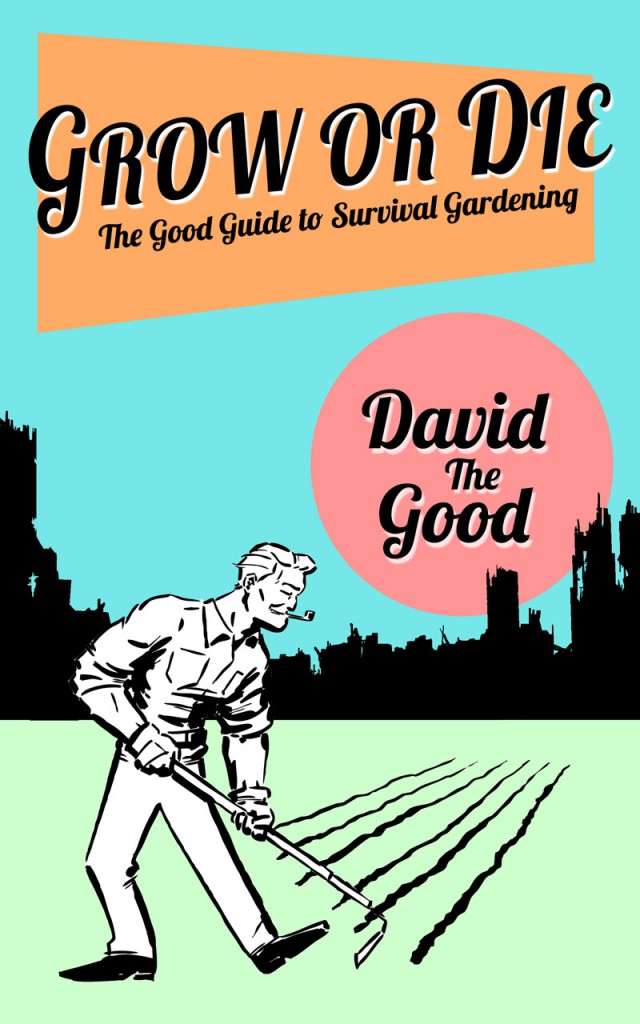Gardening failure happens to the best of us:
And trust me, I’m by no means “the best.” I’ve failed my way to gardening success over the years.

As I wrote in a previous post:
“Every failure is a chance for us to reassess our gardening methods, our pest control, our crop varieties and our own thinking. It’s good to fail now, before things get any uglier in our country. If you’re not actively growing and learning now, you might be in for a rocky road in the future.”
It’s good to ask questions about your mistakes. Such as:
Why Did This Failure Happen?
In the case of my beds down the hill, they have problems because they are… beds down the hill.
It’s a trek to get down there. On rainy days, the slope is slippery. On sunny days, it’s still a walk… and it’s hot.
As I note in Grow or Die: The Good Guide to Survival Gardening:
 “If you plant your gardens near where you live, work and play, you’re going to see problems as they appear. If you make it a point to walk the rows daily and keep a half an eye on your crops, things won’t get out of control. Pest problems go from tiny to huge almost overnight – watch and you’ll be able to nail them down before you lose a harvest.
“If you plant your gardens near where you live, work and play, you’re going to see problems as they appear. If you make it a point to walk the rows daily and keep a half an eye on your crops, things won’t get out of control. Pest problems go from tiny to huge almost overnight – watch and you’ll be able to nail them down before you lose a harvest.
When I notice stinkbug eggs glued on the leaves of a squash plant, I crush them. When I see a tiny hornworm on a tomato, I pick it off. When the aphids are sucking the life out of the new growth on my bean vines, I blast them off with the hose.
You can also walk around with a little container of soapy water. Any insect you knock into it will drown rapidly and bother your garden no more.
If you’re not in the garden, you’re going to miss problems that could have been stopped early on. Keep your eyes open and keep your garden as close as you can.”
In the video, I state the same idea. The cucumbers are doing poorly because I got busy and didn’t pay close attention. If I had weeded, fertilized and staked them a few weeks ago, they’d be doing great now. As it is, I’ll be lucky to pay for the seeds in the cucumbers yielded.
How Can I Avoid this Problem in the Future?
Obviously, planting closer would be a good idea. But also, I should have realized that I have too little time at the moment to take care of a lot of gardens. Instead, it would have made sense to really work on some smaller areas and get their yields way up before utilizing a bunch of the space available by planting it and then getting poor yields because I didn’t give the area enough care.
Another big help is to plan your homestead in a way that keeps the high maintenance plants near at hand right from the beginning.
These cucumbers should be planted in Zone 1.
As stated succinctly in a good article at Deep Green Permaculture:
“Zone 1 is the area nearest to the house, and also includes the most frequently accessed areas , such as alongside often used paths.
Keep in mind that this zone is defined by access, so if there is an area near the house that you don’t visit, or is hard to get to, even if it sits next to the house itself, then it is not included in Zone 1.
If you leave your property daily to go go work for example, then the path from the street to your house and the immediate areas alongside it will be included in Zone 1, as you visit these areas twice daily.”
Our current homestead has an informal orchard covering most of Zone 1.
Ideally, fruit and nut trees should be in Zone 2 or Zone 3 since they require much less attention than vegetable gardens.
We’re constrained by the current design; however, I’m not going to complain about it all that much as the tree crops are still marvelously productive. It’s just not great from cucumbers.
Next time I’ll plant the cukes in the small beds out back that I visit daily and leave the downhill area for the corn, pigeon peas, pumpkins and okra, all of which are much less touchy.
Conclusion
Your gardening failure is just a springboard to future success.
Learn from it.
Roll with the punches.
Adjust and attack again until you have abundance.
I made my video on purpose to show you that even good gardeners like myself screw things up.
Such as trying to use a pruning saw to cut through the thick plastic top of a barrel.
Don’t do that.
It doesn’t work and it just makes you look silly, particularly if you have the ill luck to attack it with optimism while on camera.


3 comments
GREAT Video!! Keep them coming.
Hi David! I see in this video that you’re training yams up some stakes – when they get to the top of the stakes, do you start trimming them back? Is the yield still as good if they are trimmed, and do they still put off little yams on the vines?
I have two different kinds of yams that I am trying to grow in zone 8a, Texas, this year, and they are enjoying wandering around on a fence currently – I understand that the vines can get extremely long?
Thanks, and God bless! :)
They should be fine on yields; however, this is the first time I’ve done the traditional stake method instead of just letting them run up trees. We shall see.
The vines can grow at least 50′. I’m going to just keep wrapping mine around the stakes on top of themselves.
Comments are closed.